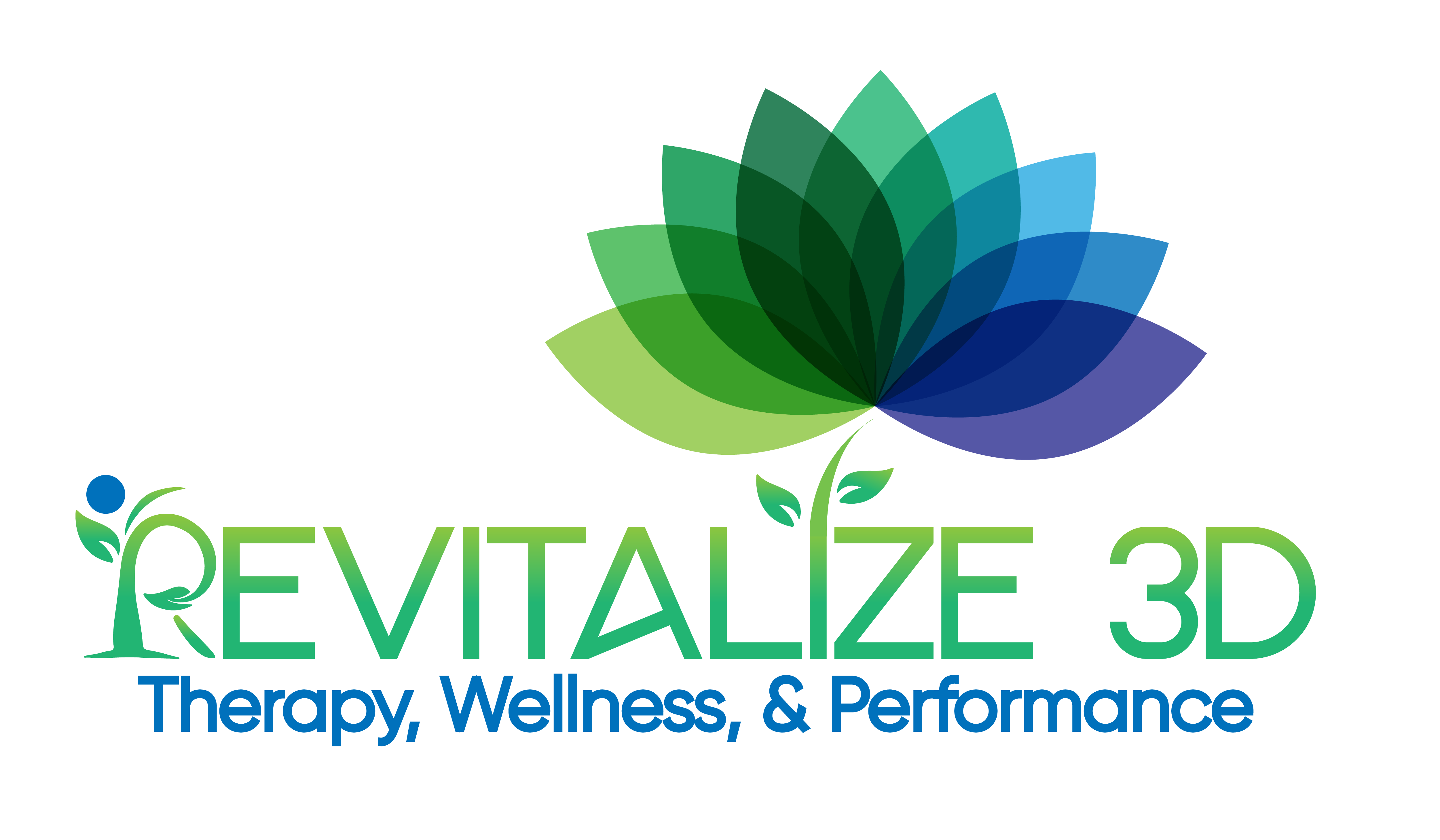Can Physical Therapy Help with Jaw Pain?
October 2022
Can physical therapy help with jaw pain? Yes! Our goal as physical therapists is to help you move better, from head to toe, including your jaw and face. We are musculoskeletal experts and that includes more than just knees, back, and hips.
The temporomandibular joint, better known as TMJ, is the hinge joint immediately in front of the ear on each side that connects the lower jaw (mandible) to the temporal bone of the skull. It is the most used joint in your body. The temporomandibular joint opens and closes the mouth and slides back and forth. Every time you eat, talk, sing, chew on something or kiss, you’re using your TMJ.
Temporomandibular Disorders (TMD) are disorders of the jaw muscles, temporomandibular joints, and the nerves associated with chronic facial pain. Any problem that prevents the muscle, bones, and joint from working together in harmony may result in temporomandibular disorders. Temporomandibular disorders can be painful and frustrating. They can be debilitating to your life and the activities you participate in.
According to the Facial Pain Clinic at UIC College of Dentistry, roughly 10 million people in the United States suffer from temporomandibular disorders. Women are more prone than men, especially women between 35 and 44 years old.
There are many causes of temporomandibular disorders, including excessive strain on the joints or the muscle group that controls chewing, swallowing, and speech, trauma to the jaw, neck or head, arthritis, and fibromyalgia.
What are the signs and symptoms of temporomandibular disorders?
- Jaw pain/soreness
- Headaches/Migraines
- Pain behind the eyes, in the face or neck
- Ringing in the ears
- Clicking or popping of the jaw
- Locking of the jaw
- Limited mouth movement
- Clenching or grinding teeth
- Throat tightness/difficulty swallowing at times
- Eye twitching/sensitivity
Often, individuals diagnosed with temporomandibular disorders are told they must resign themselves to living with the condition or have to resort to medications and expensive jaw surgery. As qualified physical therapists, we offer more conservative and less costly options. We understand how improving muscle strength and motor function and increasing joint mobility can decrease the symptoms and oftentimes eliminate the pain. We offer various treatments, including:
- manipulation of the jaw
- manipulation of the neck
- dry needling of the muscles of mastication
- dry needling of the muscles in the neck
- jaw exercises and stretches
- neck exercises and stretches
- massage type techniques
- cupping
- lifestyle and behavior training
- relaxation practice
- aerobic exercise
These treatment options improve joint motion, reduce muscle stiffness, restore proper movement, help reeducate the muscles surrounding the joint, and reduce the trigger points and tenderness. The length of time it takes to see results from physical therapy depends on the severity of the condition. In most cases, most people see improvement within a few weeks of starting treatment. Some people may need more time.
You don’t have to suffer jaw or facial pain. Working with a physical therapist and performing your recommended regular exercises can help you recover. If you suspect you may be dealing with temporomandibular disorders, don’t wait. Give us a call today. Get back to enjoying your life.
